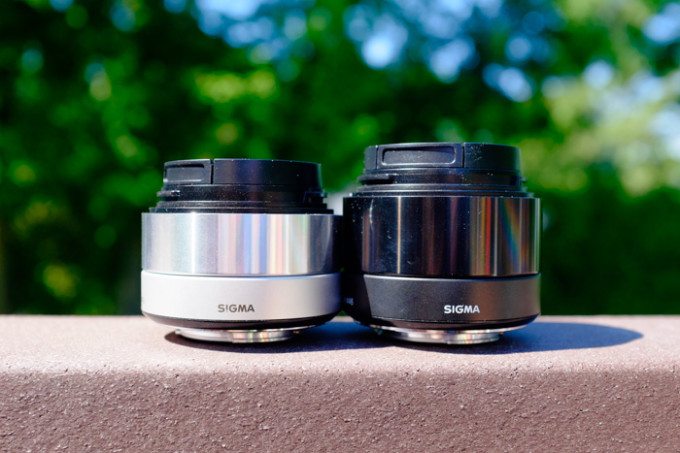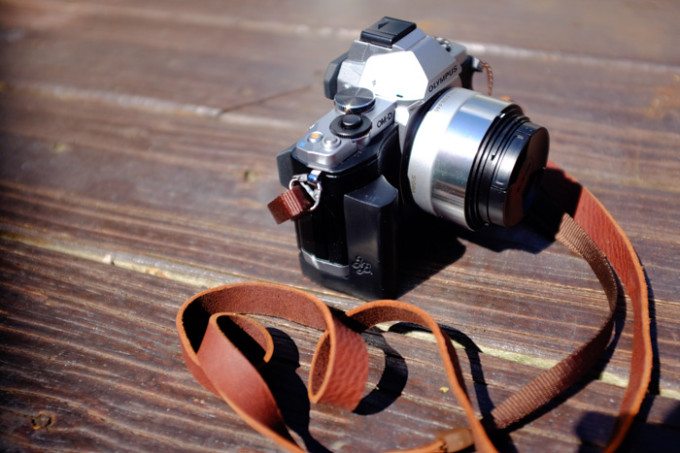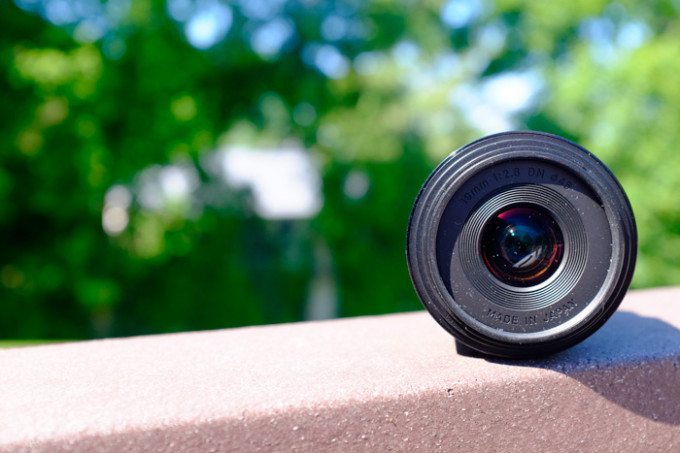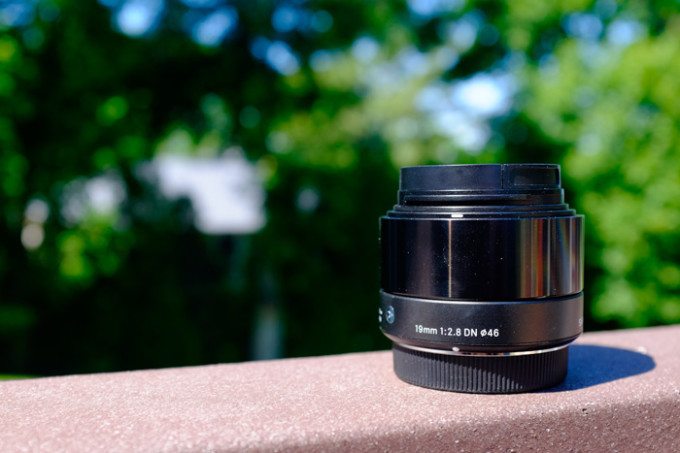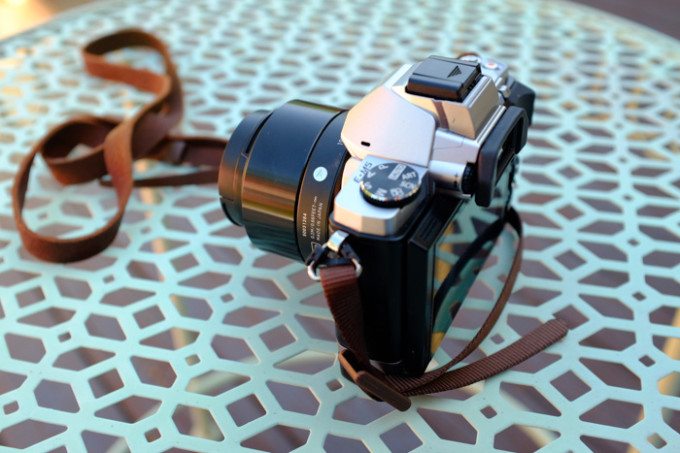Last Updated on 06/02/2013 by Julius Motal
At CES 2012, Sigma announced that they were going to throw their hat into the Micro Four Thirds (MFT) lens game with their 19mm f2.8 and 30mm F2.8 lenses. These lenses were an inexpensive alternative to those offered by Olympus and Panasonic. The build quality was lacking compared to other MFT lenses as the inner components rattled around in the lens and with a max aperture of F2.8, the lenses are far from being speed demons. Thankfully, most users found the image quality of these lenses greatly outweighed any of the negative qualities. We tested the lenses shortly after they were released and were generally happy with their performance, especially for the price.
So, has Sigma been able to rectify the problems while still keeping the excellent optical quality with these new lenses? Let’s find out.
Pros and Cons
Pros
- Inexpensive when compared to other MFT lenses
- Very good image quality
- Solid build quality
Cons
- Slow aperture
- Annoying focus ring
- Slowish Autofocus
Gear Used
Tech Specs
Via B&H Photo
Sigma 19mm f2.8
| Features | |
|---|---|
| Image Stabilization | No |
| Autofocus | Yes |
| Tripod Collar | No |
| Physical | |
|---|---|
| Filter Thread | Front: 46 mm |
| Dimensions (DxL) | Approx. 2.39 x 1.80″ (60.8 x 45.7 mm) |
Sigma 30mm f2.8
| Features | |
|---|---|
| Image Stabilization | No |
| Autofocus | Yes |
| Tripod Collar | No |
| Physical | |
|---|---|
| Filter Thread | Front: 46 mm |
| Dimensions (DxL) | Approx. 2.39 x 1.59″ (60.8 x 40.5 mm) |
| Weight | Not Specified By Manufacturer |
Ergonomics
While the 30mm is slightly larger (longer barrel) than the 19mm, both have similar handling characteristics The all metal bodies are compact and relatively lightweight for their size. The lenses mount securely to both Olympus and Panasonic bodies with no play or wobble when mounted. The lens hoods, included with each lens (yay!), mout bayonet style and provide good protection for the front element.
One of my favorite things, albeit a small thing, about the MFT format is a large majority of the lenses share the same 46mm filter thread. Thankfully, Sigma did not opt for a non-traditional filter size when creating these lenses. This may not seem like a big deal to some but for others (like myself) that have quite a bit of money invested in 46mm filters, this is a major bonus. No need to go out and spend more money on step up/down rings or brand new filters.
My only gripe when it comes to ergonomics with these lenses is the focus ring. First of all, it’s too sensitive. I like to shoot with my OM-D on AF-S + MF which allows me to use Autofocus and then fine-tune focusing if necessary with the focus ring without pressing any additional buttons. If my fingers are anywhere near the focus ring, it automatically switches to manual focus. None of the lenses I own have this problem.
My second complaint is the texture of the focus ring, it’s completely smooth…and I mean completely smooth. It’s so smooth that it can often be hard to accurately turn the focus ring if you have any hit of moisture on your fingers or the lens. This may not sound that annoying, but trust me…it is.
Build Quality
One of the largest complaints with Sigma’s first round of MFT lenses was the overall build quality. I wouldn’t call the build quality of the original lenses cheap or poorly made, it was simply that they were all plastic. Let’s just say that if you ever dropped one on anything other than a pillow on top of a pile of marshmallows, you knew the lens was doomed. The other problem was the rattling issue. When the lens was off or if it was on a camera that was powered off, you could hear the internal components of the lens rattling around inside the plastic housing. It sounded like the lens was broken and many people thought their lens was broken/damaged.
Thankfully, Sigma has attempted to address both of these issues in their latest series of DN lenes.
Overall build quality has improved dramatically. Instead of black plastic, the new series of lenses comes in a lightweight metal construction that can be had in either a gloss black or sliver finish. The lenses feel great in the hand and are relatively lightweight for their size. I wouldn’t put the build quality in the same class as the Olympus 12mm or the Panasonic 25mm (which is actually a plastic lens but very well made), but I think these may be the best bang for your buck with it comes to build quality for the price.
While Sigma greatly improved the build quality, they were not able to do the same with the lens rattle. I would say that there is a noticeable improvement, but the rattle is still present. I can honestly say this doesn’t bother me one bit but some users may be bothered by this design quirk–which is attributed to a floating element.
Autofocus

Autofocus speed seems to be about the same between these two lenses but I would give a slight edge to the 19mm. From what I can tell, Sigma has not improved Autofocus since the last version of these lenses. So how is the Autofocus speed? In short, Autofocus is acceptable. I wouldn’t call it fast and I wouldn’t call it slow…acceptable seems to be an accurate adjective. When compared to Olympus’ 12mm f2, 17mm f1.8 or 45mm f1.8, the Sigma lenses seem slow. I would put the new Sigma 19mm and 30mm in the same class as Panasonic’s 20mm when it comes to Autofocus speed.

When in use, the Autofocus of these lenses doesn’t feel like it’s holding you back, but it does seem a bit sluggish. Anyone that owns one of Olympus’ newer lenses or the Panasonic 25mm will most likely find the Sigma 19mm and 30mm to be slightly lethargic but it shouldn’t be a deal breaker for most. I was able to use the touch screen on my OM-D to select focus and fire the trigger just like I would with any of my other lenses albeit it took just a tick longer to complete the process. However, the OM-D did seem to hunt a bit more in low light and I did have a few false positive focus confirmations when using these lenses in less than ideal light.
Ease of Use

Besides learning to live with “last generation” Autofocus speed, the only thing that took awhile to get used to was the focal length of these lenses as they are a slightly odd for me. Like many prime shooters, I’m used to shoot at 35mm, 50mm and 90mm, a common three lens kit. With 35mm equivalents of 38mm and 60mm, these are not exactly “standard” focal lengths. I found myself shooting more with the 19mm as it is pretty darn close to 35mm and it felt similar to shooting with my Panasonic 20mm.
Image Quality
While build quality and ergonomics are important, most people are concerned about one thing and that is image quality. Ovearll, the Sigmas performed quite well in most areas.
Bokeh

With a maximum aperture of only F2.8 paired with a relatively small sensor, neither of these lenses are bokeh machines. But in the right situation, you can get these lenses to pump out some gooey bokeh goodness. Bokeh balls are nice and round and I didn’t see any overly distracting bits. I also didn’t notice any color fringing on contrasty bits of bokeh which can be a problem on less expensive glass.
Flare

In most situations, flare is not going to be an issue with these lenses, espeically if you use the included lens hoods. Can you get them to flare? Sure, if you point the lens towards the sun with no hood you can get it to flare…just about any lens would. Flare is not an issue during general shooting.
Sharpness

Both lenses are quite sharp, even when shot wide open at F2.8 but sharpness does drop off a bit as you head towards the corners. Stop either lens down to F4 and the entire frame sharpens up nicely. I found only a few images that I felt needed sharpening and these were images with tough lighting situations (e.g. shooting into the sun) where genearl contrast was lacking.
Color Fringing and Blooming
If you are a MFT shooter, you will know that color fringing is just something you have to deal with. MFT lenses are so small and wide, due to the 2x crop factor, that most of them have color fringing issues; the Sigma 19mm and 30mm are no exception. Blooming is also a bit of a problem with the 19mm in areas of high contrast (i.e. bright white light and thin dark objects).
Distortion

Both lenses do exhibit a bit of distortion with the 19mm being the worse of the two, no surprises there.
Color Rendering

I think the color output my be my favorite characteristic of these lenses. When properly exposed, colors were nicely saturated and skin tones looked quite pleasing. I found myself using more out-of-camera JPEGs than normal which is definitely a feather in the cap for these lenses.
Additional Images
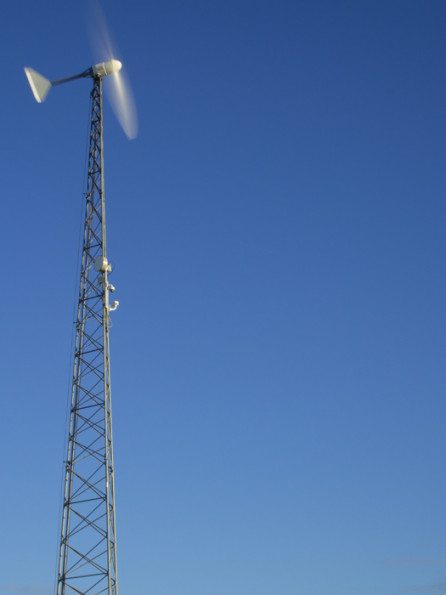





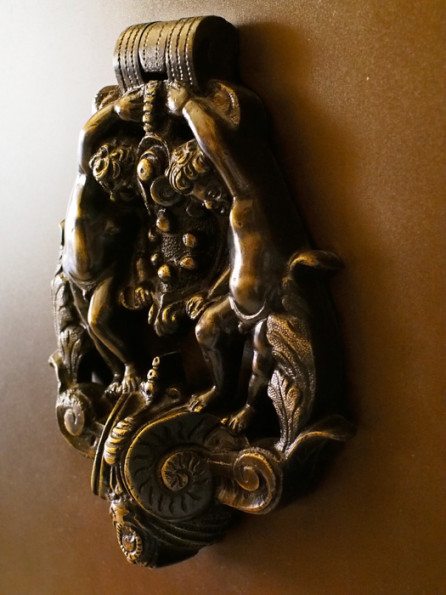


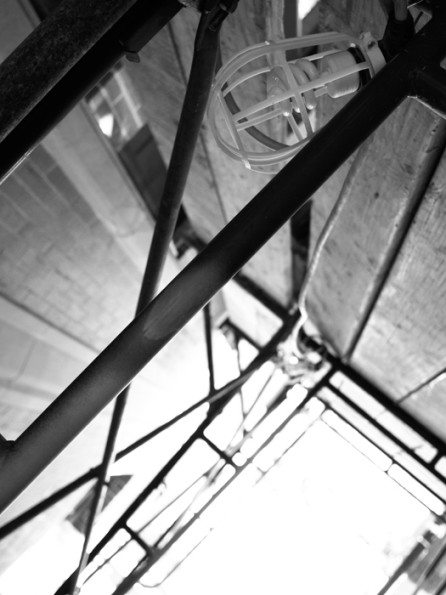





Conclusion

Honestly, not too much has changed with these lenses from the last generation. The build quality has improved and the rattling issue is much better but I don’t see any noticeable difference in image quality or Autofocus speed. If you have the last/original version of these lenses, I would say pass on upgrading your lenses unless you despise the plastic build or the lens rattle. Overall, we found the image quality to be quite good with both the 19mm and the 30mm.
So, should you buy them? Well, let me offer up some advice…
- If you are new to the MFT format or you are thinking about pickup up a MFT kit and you are on a tight budget, these lenses are a solid option.
- If you already have a MFT kit, including a few primes, I really don’t think there’s a reason to pick these up unless you are looking for backup lenses.
- If you already have a MFT kit and mostly shoot zooms but you are looking to get into primes, these are a good option as the performance is very good and they are reasonably priced.
In the end, these lenses are not bad in terms of results, they are simply more limited (slow AF and aperture) than other lenses available for this format. Image quality is very good and the build quality is better than some more expensive lenses in this format. In the end, the sluggish Autofocus and max aperture of F2.8 will immediately alienate a large chunk of prospective buyers.
If these lenses where f1.8 with slightly better Autofocus motors, they would probably be just as good if not better than the competition. Yes, they would be more expensive but they would also put Sigma at the forefront of the MFT format. My guess is Sigma is positioning these lenses as less expensive alternatives to the current mirrorless offerings instead of marketing them as premium lenses. Sigma has been killing it with their latest line of DSLR lenses, I hope that they bring the same amount of focus to the mirrorless market with their next round of lenses.
Please Support The Phoblographer
We love to bring you guys the latest and greatest news and gear related stuff. However, we can’t keep doing that unless we have your continued support. If you would like to purchase any of the items mentioned, please do so by clicking our links first and then purchasing the items as we then get a small portion of the sale to help run the website.


